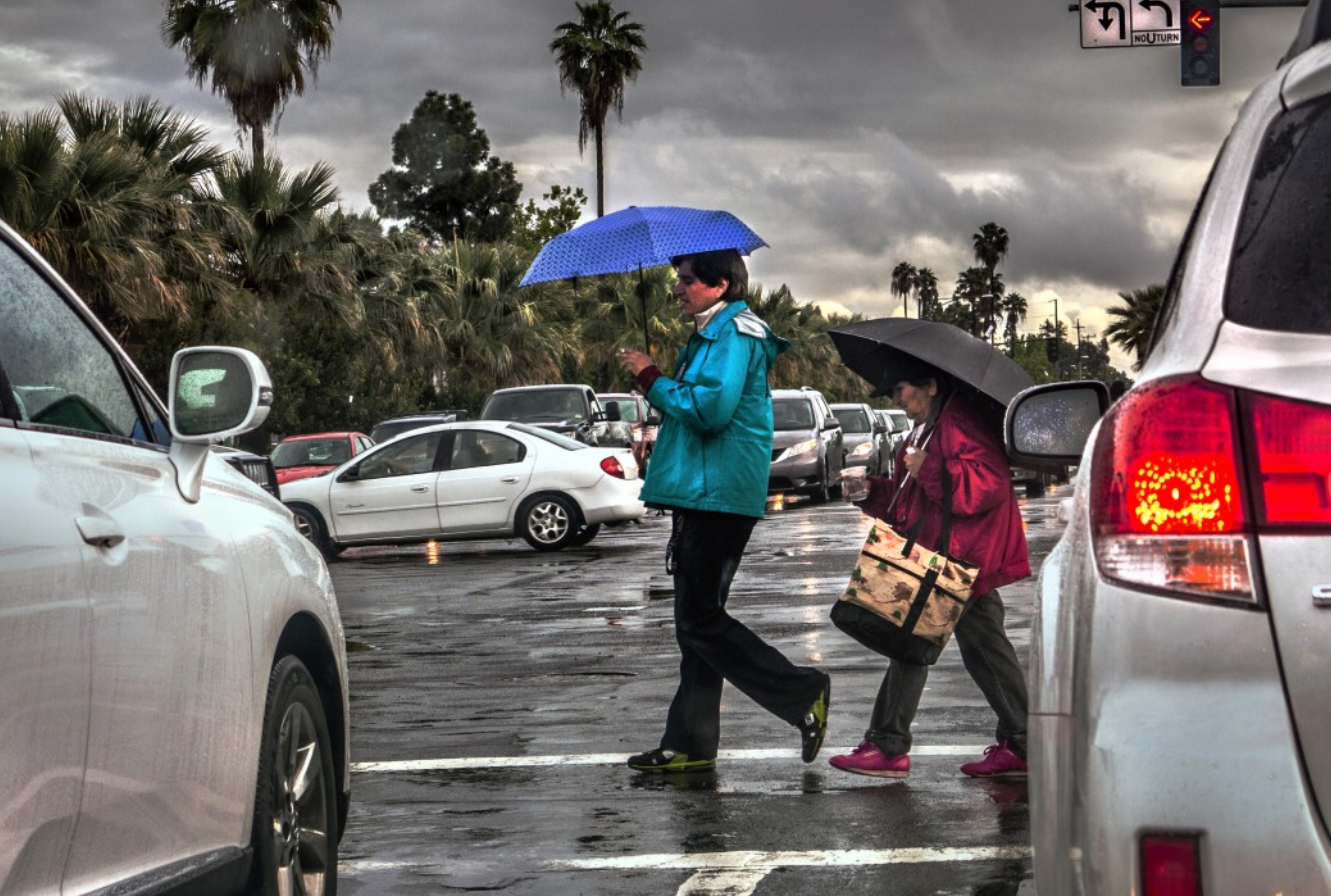A "walkability study" can be a powerful tool to help cities and towns identify transformative strategies to welcome and protect pedestrians on their streets — and craft a plan to put those approaches into action. But what would it take to do this critical analysis in every American community that needs it?
On this episode of The Brake, we sit down with Jeff Speck and Chris Dempsey, whose eponymous firm is trying to do just that. In addition, we talk about some of the low-cost ways that any community can get a little more walkable, whether or not they bring in the pros. (Hint: it might be time to trade some traffic lights for stop signs.)
Tune in below, on Apple podcasts, or anywhere else you listen. Or check out the excerpts below.
The following excerpt has been edited for clarity and length.
Streetsblog: For folks who are unfamiliar with the term, what is a walkability study, and why do you so many US cities and towns need one so badly?
Jeff Speck: So when I come to a community with the charge of doing a walkability study, we have a whole bunch of meetings with folks in town. And I begin each meeting by announcing the purpose of this exercise: to figure out how, in the shortest amount of time, spending the least amount of money, we can achieve the greatest increase in walking and cycling in your downtown.
And it's almost always downtown, because the downtown is the part of the city that's primed to be walkable, where it's already somewhat walkable. Clearly, working in the cul de sacs or other single use parts of the city aren't isn't going to be as effective. And most cities understand that the downtown is their heart; it is the image of the city, it's what people think of when they think about the city, and they want to thrive from their downtown outwards.
The question, then, is: if we've stated that as the goal, what are the steps that are going to get us there? And what I learned the hard way when I chose to reorient my practice through the framework of walkability that leads to a series of mandates. You've read my books, and I've described to you before, [what I call] the useful, safe, comfortable and interesting walk. And each of those mandates then comes up with a list of things that you can do to impact your success in that one category.
Of those four categories, the useful, comfortable and interesting walk are all pretty much a function of what surrounds the streets. And that's something that takes time to create; it's something that the private sector is largely responsible, that the city can influence with subsidies and with zoning and with other things. But it's the category of the "safe" walk that the city can influence and change very quickly, and very dramatically, and for a limited cost because cities own their streets, right? I mean, there's the obvious, troubling exception of the state highway that might run through the center of downtown, or the county road that might be wrecking your downtown, and you have less control. But most streets in most cities are owned by the cities or towns. And therefore they can change the trajectory of vehicles on them very easily and quickly, often not with even with rebuilding, but simply with re-striping.
So a typical plan [is] like one we did years ago for Oklahoma City, [when we] actually took fully one-third of the driving lanes out of commission because they were not needed for cars. And we transformed them into bike lanes, into parking lanes into other things, but [they were no longer] encouraging cars to speed, not creating greater distances for pedestrians to cross. So most walkability studies. while they deal with all those categories that contribute to a great walk, focus principally on re-striping streets to make them safe.
Streetsblog: What kinds of communities tend to seek out walkability studies, what should advocates do to seed the ground in their community if they think this is a tool that they want local leaders to invest in?
Chris Dempsey: Of course, the answer is every community needs this and [sustainable transportation] advocates should be excited about walkability studies no matter what form of travel for them or what they use every day. The walk is the simplest and most essential unit of urbanism, but it is one that if you get that right, it helps cyclists, it helps transit riders, and frankly, it even can help folks that are in cars. Essentially, if [you design cities for] everybody who walks — and that includes, of course, people who are rolling in wheelchairs or mobility devices — you build a bigger constituency than you might have if you're just focused on transit ridership or on cycling.
So many of the public meetings that I've been a part of as part of in my political efforts on transportation, unfortunately, will pit pedestrians against cyclists. And we know that that's a false conflict, but it is it is very real in terms of the way some people [perceive things].
But even the folks who are often most resistant to change in a community will support changes that improve walkability. Because they use their sidewalks to walk their dog, or they want to see their kids arrive at school safely, even if they've never been on a bike or they never ride transit. And so the walkability study is a tool to build a broader constituency for the right kind of urbanism and transportation investments, and to get that momentum that a community might need for all these other folks that are a part of the broader conversation.






